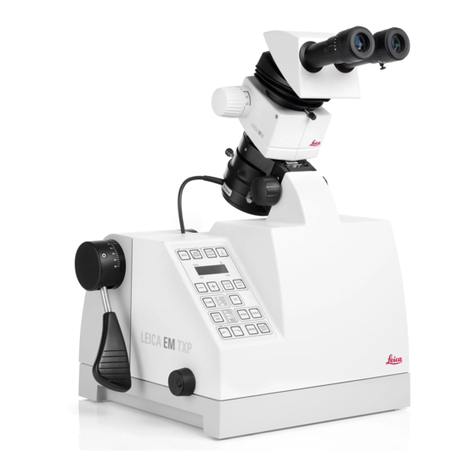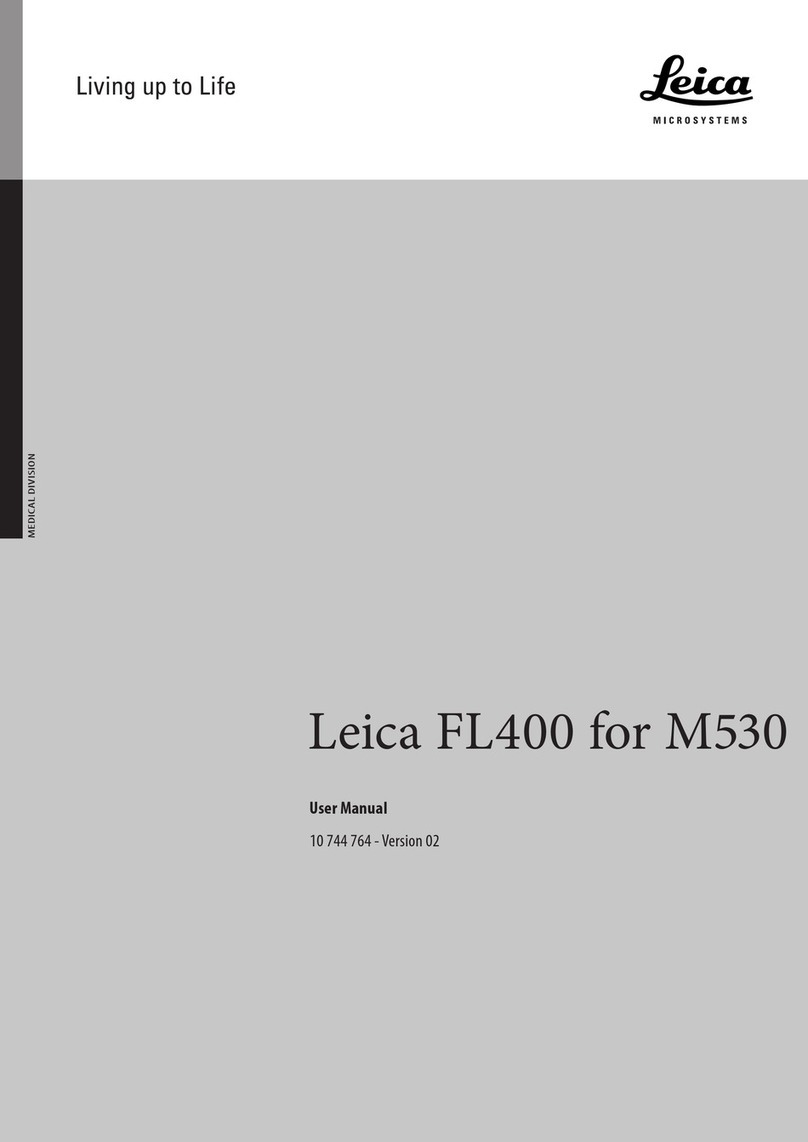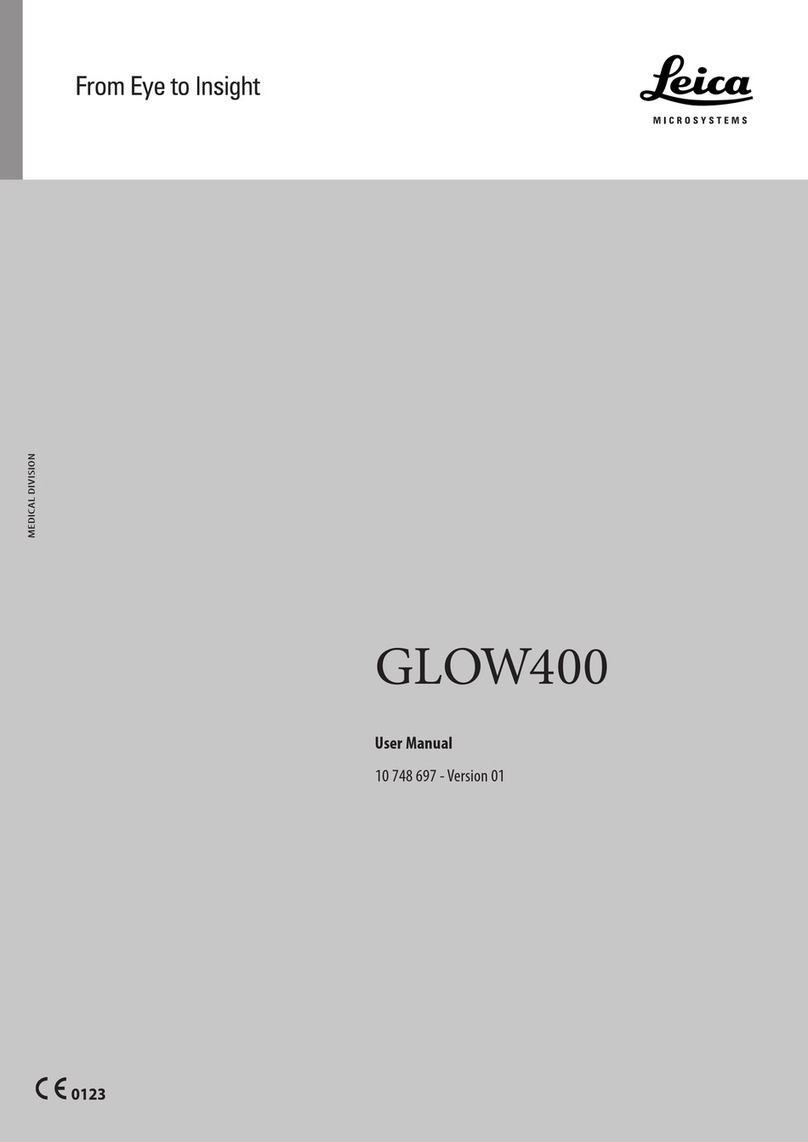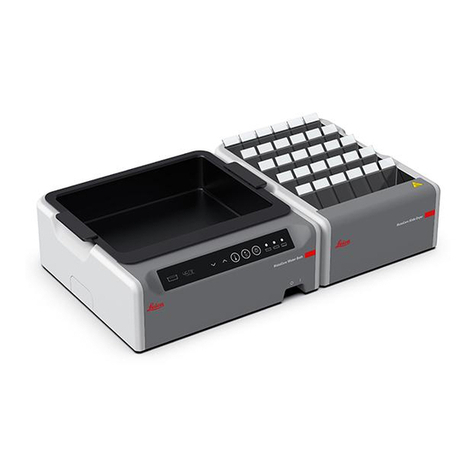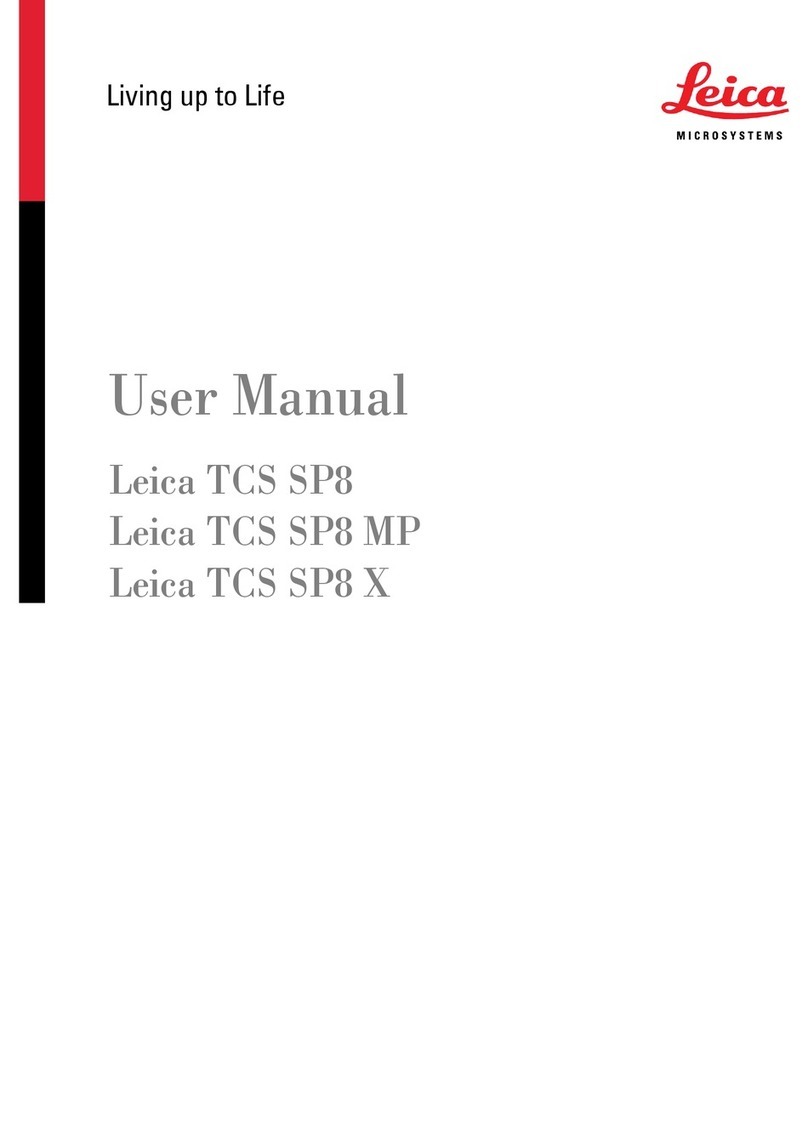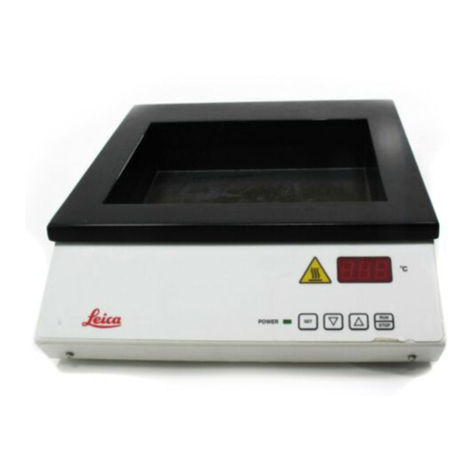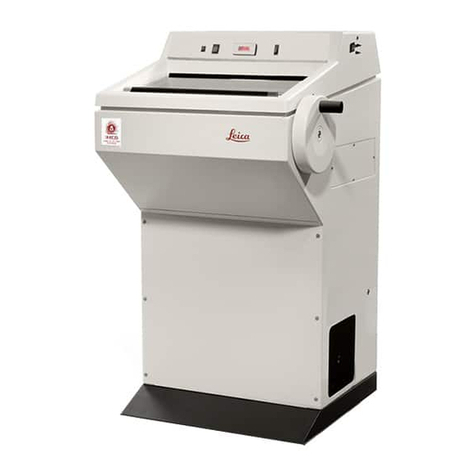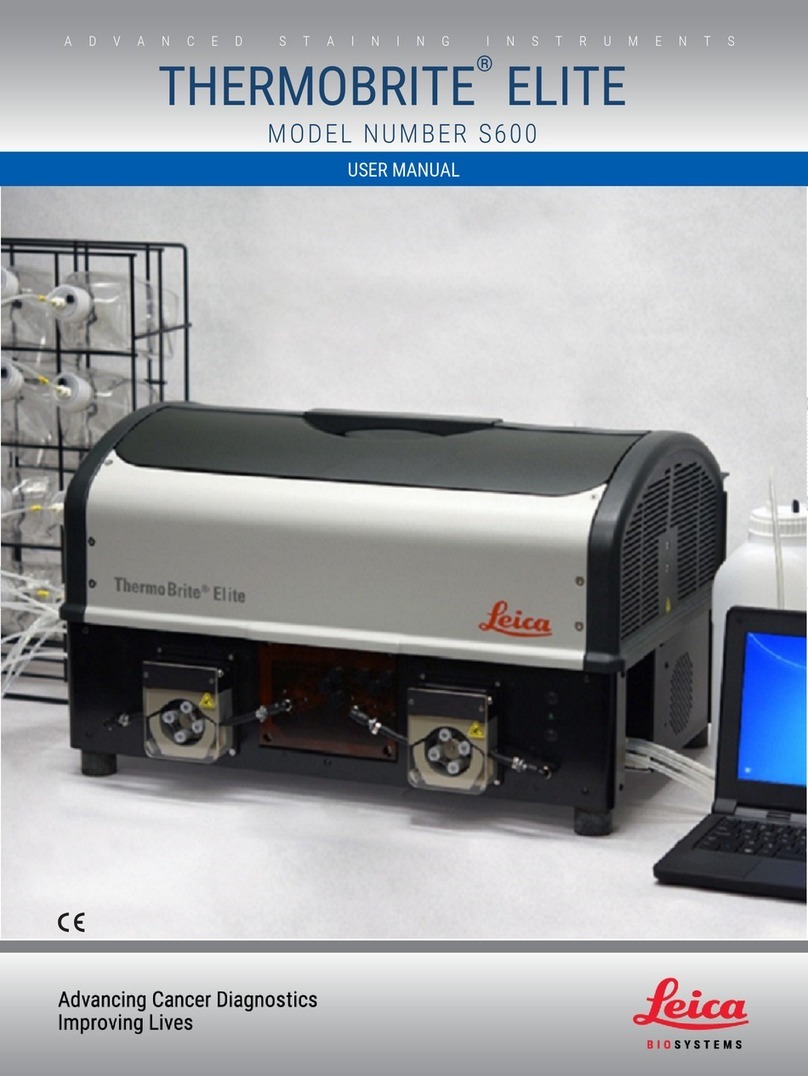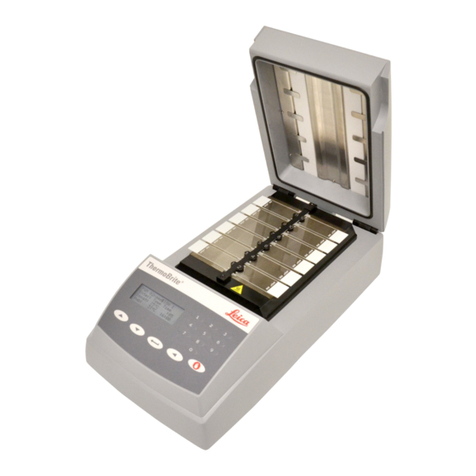
4Version 1.8, Revision I
Table of contents
1. Important Information ................................................................................................................................ 6
1.1 Symbols and their meanings.......................................................................................................................... 6
1.2 Qualification of personnele............................................................................................................................ 7
1.3 Intended purpose............................................................................................................................................. 7
1.4 Instrument type................................................................................................................................................ 7
2. Safety ............................................................................................................................................................ 8
2.1 Safety notes...................................................................................................................................................... 8
2.2 Warnings........................................................................................................................................................... 8
2.3 Integrated safety devices............................................................................................................................. 10
3. Instrument Components and Specifications........................................................................................ 12
3.1 Overview - instrument components ........................................................................................................... 12
3.2 Technical data................................................................................................................................................ 14
3.3 Instrument specifications............................................................................................................................. 15
4. Instrument Setup....................................................................................................................................... 16
4.1 Standard delivery........................................................................................................................................... 16
4.2 Site requirements .......................................................................................................................................... 16
4.3 Unpacking....................................................................................................................................................... 16
4.4 Setup................................................................................................................................................................ 17
4.5 Assembling the knife holder SN.................................................................................................................. 19
4.6 Assembling the blade holder SE ................................................................................................................. 23
4.7 Inserting the universal cassette clamp...................................................................................................... 28
5. Operation.................................................................................................................................................... 30
5.1 Operating elements and their functions .................................................................................................... 30
5.1.1 Section thickness setting............................................................................................................................. 30
5.1.2 Coarse driving wheel .................................................................................................................................... 30
5.1.3 Manual feed.................................................................................................................................................... 31
5.1.4 Automatic feed............................................................................................................................................... 32
5.1.5 Directional fixture for specimen clamps.................................................................................................... 32
5.2 Clamping the specimen in the universal cassette clamp (UCC)............................................................ 34
5.3 Clamping a disposable blade....................................................................................................................... 35
5.4 Replacing the pressure plate....................................................................................................................... 37
5.5 Inserting the knife.......................................................................................................................................... 39
5.6 Sectioning....................................................................................................................................................... 40
5.7 Changing the specimen or interrupting sectioning ................................................................................. 41
5.8 Finishing daily routine................................................................................................................................... 41
6. Cleaning and maintenance..................................................................................................................... 42
6.1 Cleaning the instrument................................................................................................................................ 42
6.2 Maintenance instructions............................................................................................................................ 43
7. Optional accessories ............................................................................................................................... 44
7.1 Ordering information..................................................................................................................................... 44
8. Troubleshooting ........................................................................................................................................ 51
8.1 Possible faults................................................................................................................................................ 51
8.2 Instrument malfunctions............................................................................................................................... 51



